March 18, 2014
RIBA submits plans for new offices near its landmark Art Deco HQ
The Royal Institute of British Architects (RIBA) has submitted a planning application for the creation of new high-quality new offices near its London headquarters. 76 Portland Place, London W1, which currently houses the Institute of Physics is being designed by a team led by award-winning architects Theis and Khan and is next door but one to RIBA’s Art Deco landmark building at 66 Portland Place. Built in 1958, it was designed by Howard V Lobb and Partners and had a ground floor extension added in the mid-1990s. The planning application includes the complete refurbishment and alterations of the existing office building to create office spaces and meeting rooms for around 180 staff – located over five floors; including first to sixth in the main building and first and second in the mews building. More →




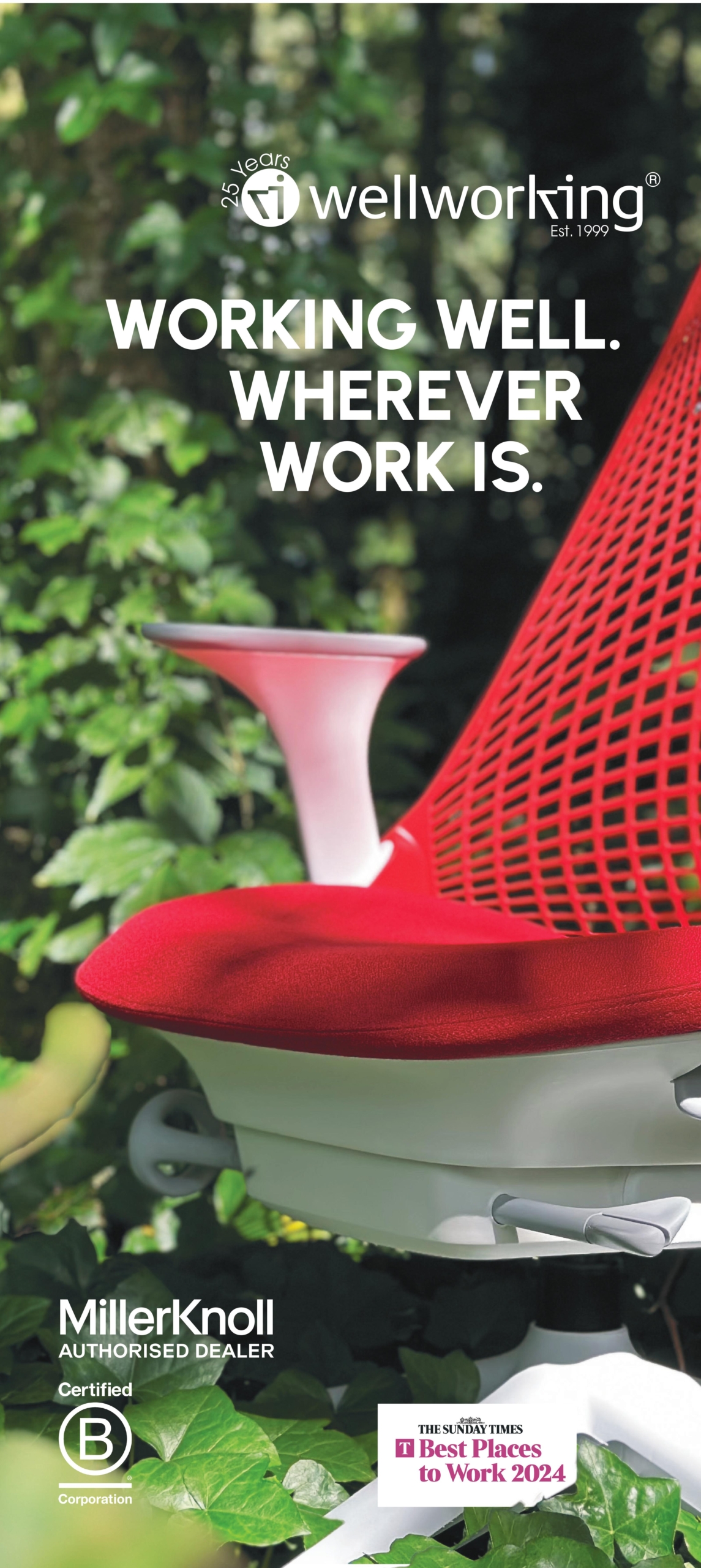
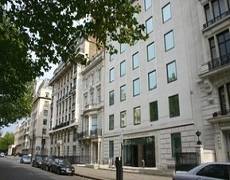














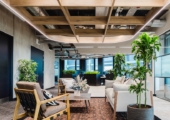

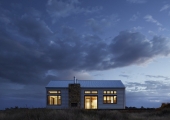
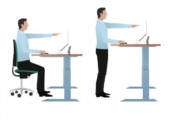
March 14, 2014
Might a lack of joined-up thinking undermine UK high-tech ambitions?
by Mark Eltringham • Comment, News, Property, Technology
Old Street: the UK’s tech epicentre
Over the past week both Prime Minister David Cameron and London Mayor Boris Johnson have offered up visions of economic success founded on new technology. Yet, as the CBI points out in a new report pinpointing the dearth of talent needed to make such dreams a reality, politicians often appear to ignore the realities of a situation. In its new report, Engineering our Future, the CBI calls for significant action to make a career in the key disciplines of science, technology, engineering and maths more attractive and easier to pursue. The report points out that these are the skills needed to underpin the Government’s stated focus on the tech, environmental, engineering and manufacturing industries that will shape the country’s future and is calling for a cut in tuition fees, new courses and inter-disciplinary qualifications to allow those skills to flourish.
More →